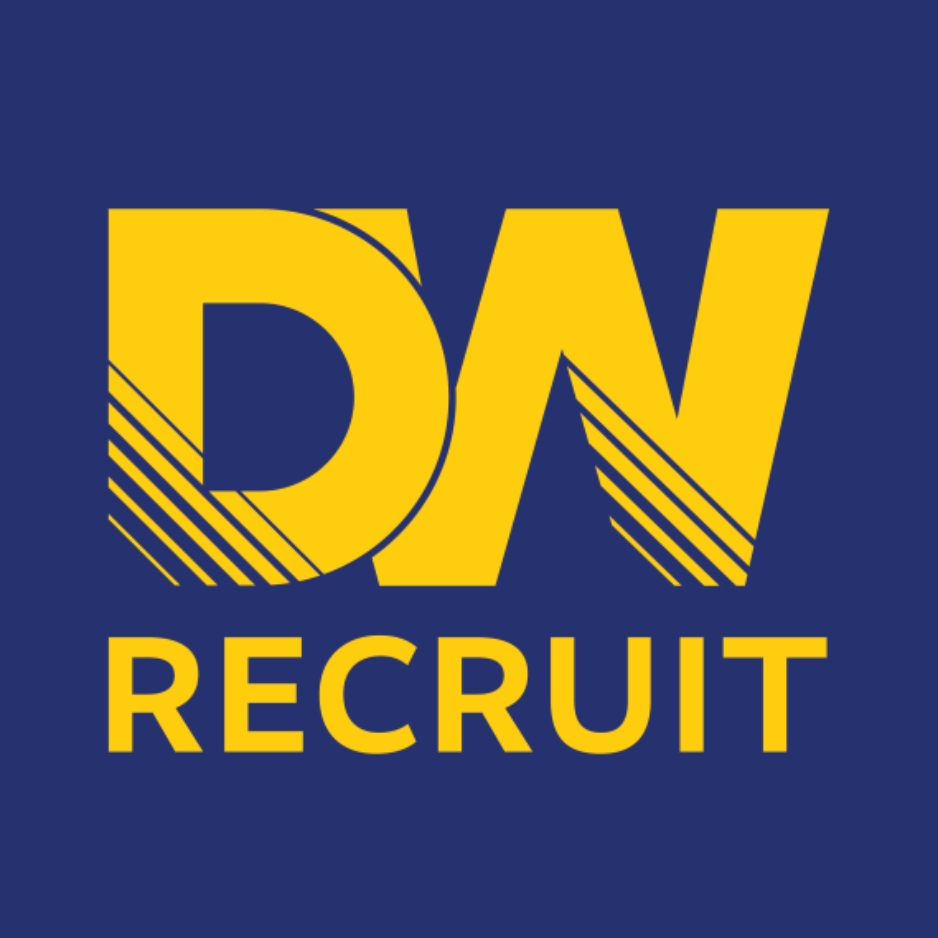TOP RECRUITMENT MISTAKES IN CONSTRUCTION HIRING AND HOW TO AVOID THEM

Hiring the right employees is one of the most critical decisions construction companies will make. In a sector as dynamic and competitive as construction, your team is your most valuable asset. Recruiting the wrong candidate can lead to delays, safety risks, poor-quality work, and even reputational damage. In this article, we’ll dive into the top recruitment mistakes in construction hiring, offering you valuable insights on how to avoid them and ensure your hiring process brings in the right talent for your projects.
1. Failing to Define Clear Job Descriptions and Expectations
One of the most common mistakes construction companies make during recruitment is not having a clear and comprehensive job description. A poorly defined role can lead to confusion, mismatched expectations, and ultimately, dissatisfaction from both the employee and employer.
Mistake:
Vague job descriptions and ambiguous expectations can cause hiring managers to hire individuals who aren’t fully prepared for the role, leading to frustration on both ends. For example, hiring someone without the right set of skills or qualifications for a specific construction job can cause delays and safety risks.
How to Avoid It:
Ensure that your job descriptions are specific and detailed. Include clear expectations for the role, required qualifications, certifications, skills, and experience. Also, outline the responsibilities and potential career growth within the company. A well-defined job description not only helps attract the right talent but also sets the stage for employee success and alignment with company goals.
- Example: A job description for a construction site manager should specify not only the technical qualifications but also leadership skills, safety management experience, and knowledge of local construction regulations.
2. Not Assessing Cultural Fit
Hiring a candidate based solely on their technical qualifications or experience without considering how well they align with your company’s culture can be a big mistake. In the construction industry, the work environment is often fast-paced and team-driven, and it’s crucial that new hires can fit in with your existing workforce.
Mistake:
Failing to assess whether a candidate’s personality, values, and working style align with your company culture can result in friction within teams, decreased morale, and productivity. For instance, hiring someone who works well independently but struggles with collaboration can cause project delays and communication breakdowns.
How to Avoid It:
Beyond the technical skills, focus on assessing cultural fit during interviews. Look for candidates who demonstrate teamwork, effective communication skills, and the ability to adapt to changing conditions—key qualities for success in construction.
- Example: Use behavioural interview questions to gauge how candidates have handled teamwork, conflict, or high-pressure situations in the past.
3. Overlooking Safety Training and Certification Requirements
Safety is paramount in construction, and overlooking a candidate’s safety training or certification can have severe consequences. Failing to check if your recruits are properly trained in construction site safety protocols can expose your company to unnecessary risks.
Mistake:
Neglecting to verify that a candidate has the required safety certifications (such as OSHA or CSCS cards) or assuming that the candidate will “pick it up on the job” is a risky oversight. A lack of safety knowledge can lead to accidents and injuries on the job, affecting not only the individual but the entire project.
How to Avoid It:
Always verify safety certifications before hiring. Incorporate safety training and assessments into your recruitment process to ensure that candidates are up to speed with your safety standards. Additionally, invest in regular refresher courses for your team to maintain high safety standards.
- Example: For construction workers, ensure that they hold a current CSCS (Construction Skills Certification Scheme) card, and for management roles, require specific training in health and safety regulations.
4. Rushing the Hiring Process
In the fast-paced world of construction, it can be tempting to rush through the hiring process to fill open positions quickly. However, doing so can result in missed red flags or not fully assessing the candidate’s suitability for the role.
Mistake:
Hiring candidates too quickly to avoid delays in project timelines can result in the wrong hire. Rushing through the interview process can mean that you fail to uncover gaps in the candidate’s skills, experience, or personality. A quick decision might seem like a good short-term solution, but it could end up costing you more in the long run due to mistakes or turnover.
How to Avoid It:
Take the time to carefully evaluate candidates, even if you’re under pressure. Implement a structured interview process with multiple stages, such as phone screening, in-person interviews, and practical skills assessments. This will give you a better understanding of their capabilities and their potential to thrive in the role.
- Example: Ensure that candidates undergo practical skill tests, such as a carpentry task or equipment handling test, to confirm their ability to perform on-site.
5. Failing to Check References Thoroughly
Reference checks are essential in the hiring process, yet many construction companies overlook this step or conduct it in a cursory manner. A reference check can provide critical insight into a candidate’s work ethic, reliability, and overall performance in previous roles.
Mistake:
Failing to thoroughly check references or simply going through the motions can result in missed information. Some candidates may exaggerate their qualifications or experience during interviews, and references can help confirm their true capabilities and work history.
How to Avoid It:
Take the time to contact references and ask detailed questions about the candidate’s performance, work ethic, and skills. Go beyond general references and ask for examples of how the candidate has performed in situations similar to the role they are being hired for.
- Example: Ask references about a candidate’s ability to work under pressure, adhere to safety protocols, and collaborate with others in a team setting.
6. Not Leveraging Technology for Recruitment
In today’s digital age, relying solely on traditional recruitment methods can limit your ability to attract top talent. Many construction companies still use outdated recruitment methods like print ads or word-of-mouth, which can be slow and ineffective.
Mistake:
Relying only on outdated recruitment methods can prevent you from reaching a broader pool of candidates, especially those with modern technical skills or younger, tech-savvy talent who are accustomed to using online platforms.
How to Avoid It:
Utilise recruitment software, job boards, and social media platforms to widen your search. Websites like LinkedIn, Indeed, and Glassdoor are invaluable for reaching potential candidates. Additionally, consider using an Applicant Tracking System (ATS) to streamline the recruitment process and identify the best-fit candidates.
- Example: Post job listings on industry-specific job boards, such as ConstructionJobs.co.uk, in addition to general job boards, to reach a more targeted audience.
7. Ignoring the Importance of Onboarding and Training
The recruitment process doesn’t end once you’ve hired a candidate; how you onboard and train your new hires is just as important. Failing to invest in proper onboarding and training can result in poor performance and higher turnover rates.
Mistake:
Not providing new hires with a structured onboarding experience can make them feel unprepared and unsupported. When employees don’t have the proper resources and training, they can make costly mistakes or fail to meet expectations.
How to Avoid It:
Implement a comprehensive onboarding process that includes not only introductions to your company culture but also specific training on equipment, safety protocols, and project requirements. Regular check-ins and feedback sessions during the first few months will help the employee acclimatise to the role and improve retention.
- Example: Use an orientation program to introduce new employees to the company, followed by role-specific training on machinery, software, and safety standards.
8. Failing to Focus on Retention Strategies
Recruiting the right candidates is just one part of the equation. Retention is equally important, especially in construction where skilled professionals are in high demand. Failing to offer competitive wages, benefits, and career development opportunities can lead to high turnover rates, disrupting projects and causing ongoing recruitment issues.
Mistake:
Focusing only on recruitment without considering retention can result in a revolving door of employees. Offering great pay without opportunities for career progression or neglecting employee well-being can lead to dissatisfaction and high turnover.
How to Avoid It:
Create an environment that encourages career growth, employee development, and work-life balance. Provide opportunities for training, promote from within, and offer competitive compensation packages. Offering benefits like healthcare, paid leave, and retirement plans can significantly improve employee retention.
- Example: Implement an apprenticeship program that allows younger workers to learn on the job while advancing their skills and career prospects within the company.
9. Not Adapting to Changing Industry Demands
The construction industry is constantly evolving, with new technologies, tools, and processes emerging regularly. Failing to adapt your recruitment strategy to these changes can result in hiring candidates who lack the necessary skills to keep up with modern demands.
Mistake:
Hiring workers based solely on traditional skills without considering the new technologies and techniques being adopted in the construction industry can lead to skill gaps. For example, workers who are not familiar with the latest building information modelling (BIM) software or modern construction methods may struggle in a rapidly changing environment.
How to Avoid It:
Stay informed about the latest trends in the construction industry and adapt your recruitment process accordingly. Look for candidates who are open to learning new technologies and who demonstrate an interest in innovation and development. Consider offering in-house training on emerging technologies to keep your team competitive.
Example: Seek candidates with experience in using BIM or construction management software and offer internal workshops to bring the entire team up to speed with the latest trends.
